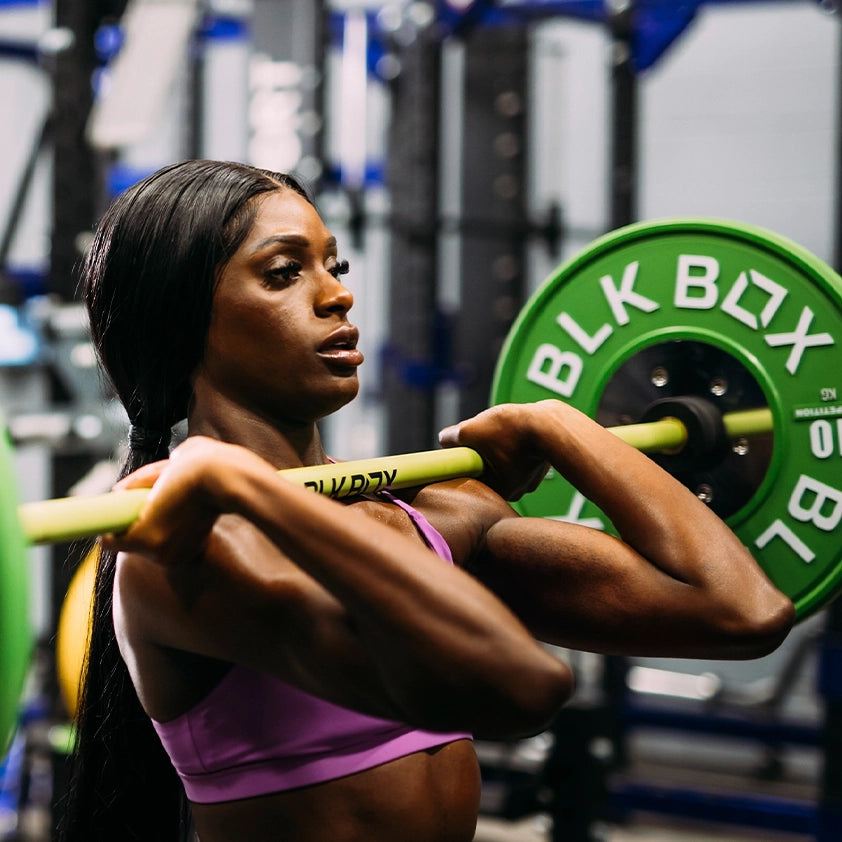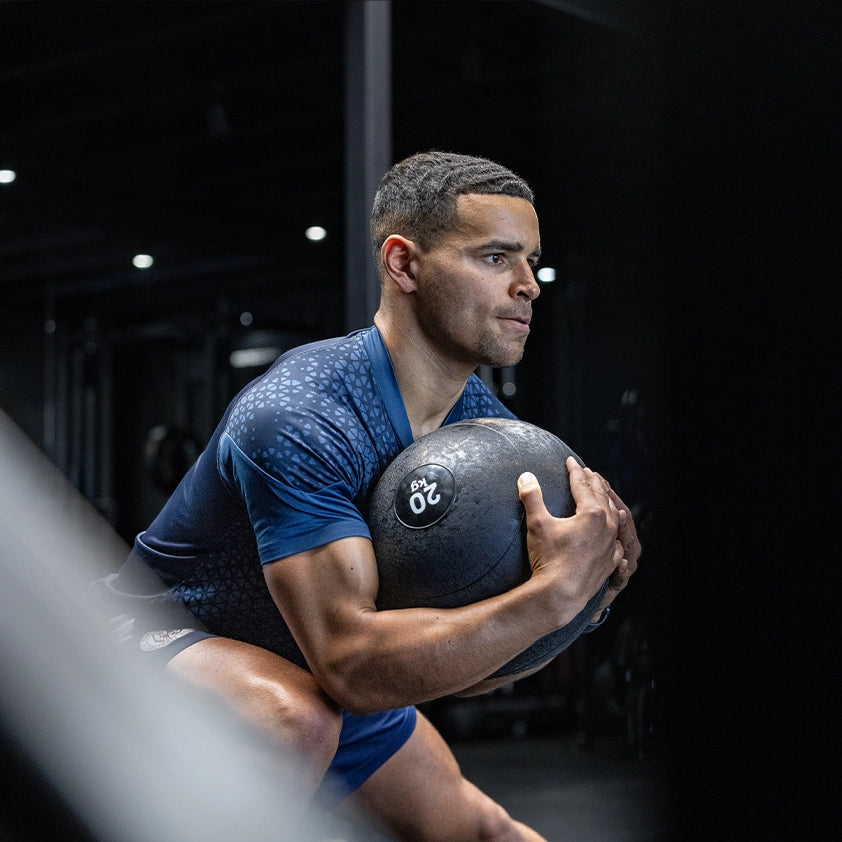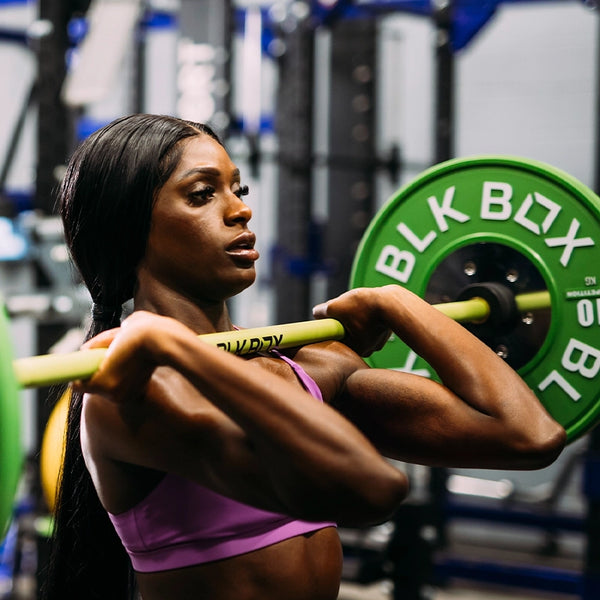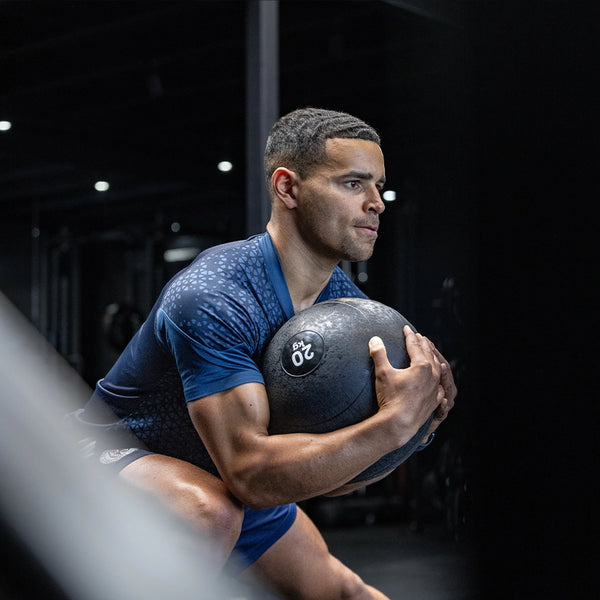Resistance Band Buying Guide & Benefits
Resistance Band Buying Guide
Resistance bands can be a real asset to your workout routine, helping you take your training to the next level. They’re perfect for anyone looking to add variety or intensity to their fitness programme.
If you’re new to workout accessories, this guide will help you understand the benefits of resistance bands and which types are right for you.
What Are Resistance Bands Good For?
Incredibly versatile and easy to use, resistance bands are suitable for fitness enthusiasts of all levels. They can strengthen and tone muscles, improve cardio, and enhance flexibility.
Resistance bands can also complement weightlifting exercises using dumbbells or weight bars. They provide an extra challenge for pull-ups and can improve joint mobility during restorative exercises.
Benefits of Resistance Bands
Improved Control
Resistance bands allow you to control movements better, helping you perfect form. They’re ideal for rehabilitation, lighter weight training, or developing body awareness. Adjust angles to focus on positioning arms and legs correctly.
Better Muscle Engagement
Bands ensure muscles are properly engaged, activating core muscles to maintain posture and work the entire body. While reps may be fewer, each movement has a higher impact.
Multi-Purpose
Resistance bands can be adapted for a wide variety of exercises: bicep curls, shoulder rotations, fire hydrants, donkey kicks, and planks. Consider versatility when choosing your band.
Travel-Friendly
Compact and lightweight, bands can fit in a bag or pocket, offering a convenient alternative to heavy gym equipment while still providing effective results.
What Resistance Band to Buy
Here’s a breakdown of the main types of resistance bands to help you decide:
Resistance Bands (Traditional)
Four-foot long, versatile bands suitable for upper and lower body exercises, chest presses, pull-ups, and stretches. Can be anchored or wrapped around the body.
Suggested Uses: Assisted pull-ups, hamstring stretching, resistance band deadlifts.
Mini Bands
Smaller and lighter than traditional bands, ideal for glute workouts. Can be placed around ankles, knees, thighs, wrists, and upper arms.
Suggested Uses: Glute bridges, crab walks.
Titan Bands
Perfect for corrective exercises, warm-ups, and enhancing explosive power. Made from 100% natural latex with continuous layering for durability.
Suggested Uses: Glute bridges, crab walks, speed and agility training.
Harland Bands
Heavy-duty bands available in two sizes, designed to improve sports performance, explosive power, and stability. Made from 100% latex for durability and mobility exercises.
Suggested Uses: Speed and agility sprints, flexibility and spinal decompression, general conditioning.
Flexvit Resistance Bands
Soft woven rubber bands used for activation, stabilization, and strengthening. Suitable for both rehab and sport-specific training.
Suggested Uses: Sprints, jumps, agility training, resistance training.
Upgrade Your Workout Today
After learning the benefits, choose a resistance band and incorporate it into your routine. Over time, you’ll notice stronger, more stable muscles.
Not sure which band to choose? Shop the full range here.















